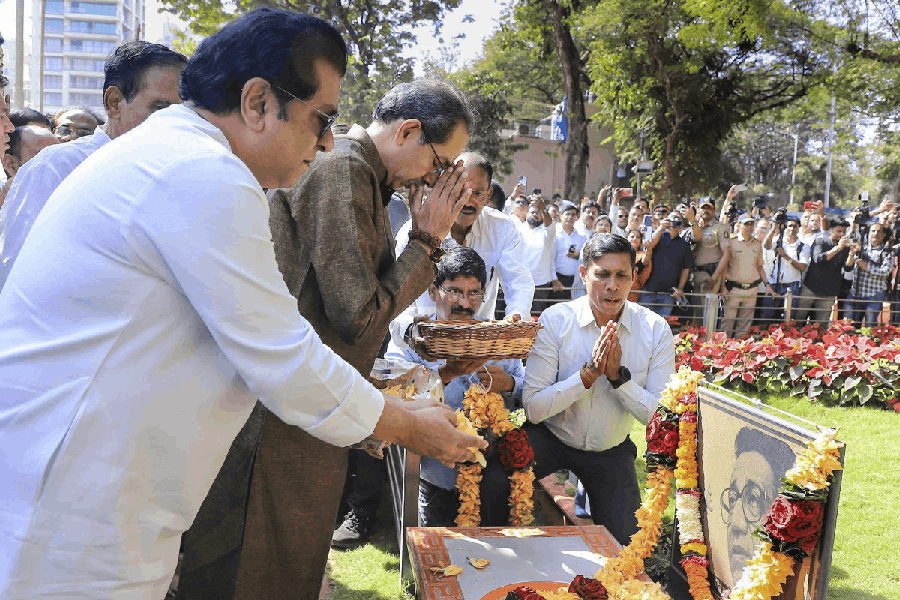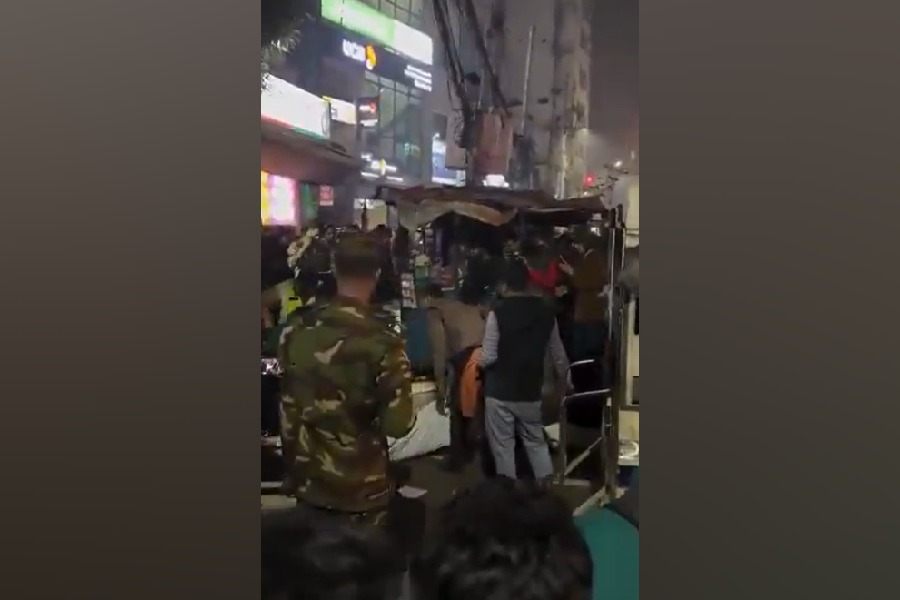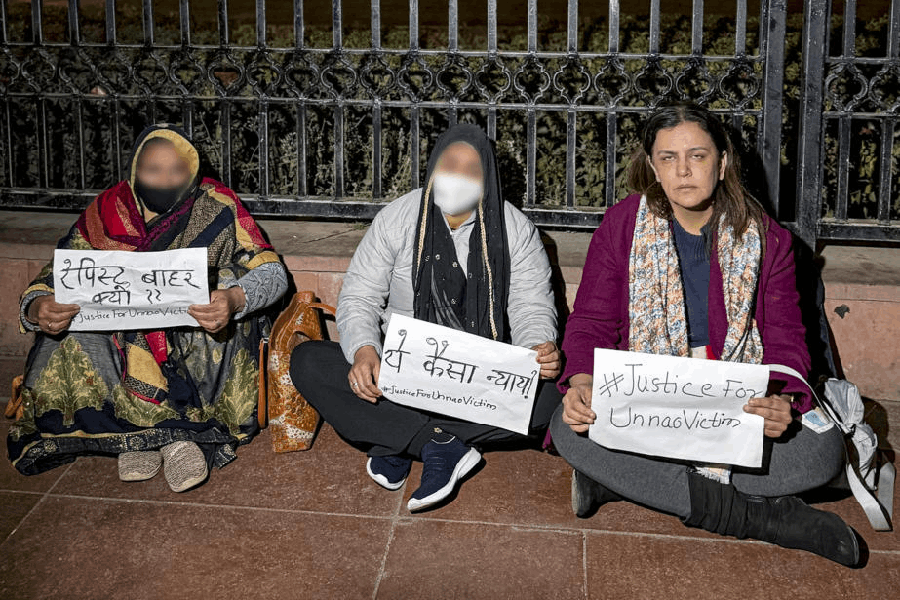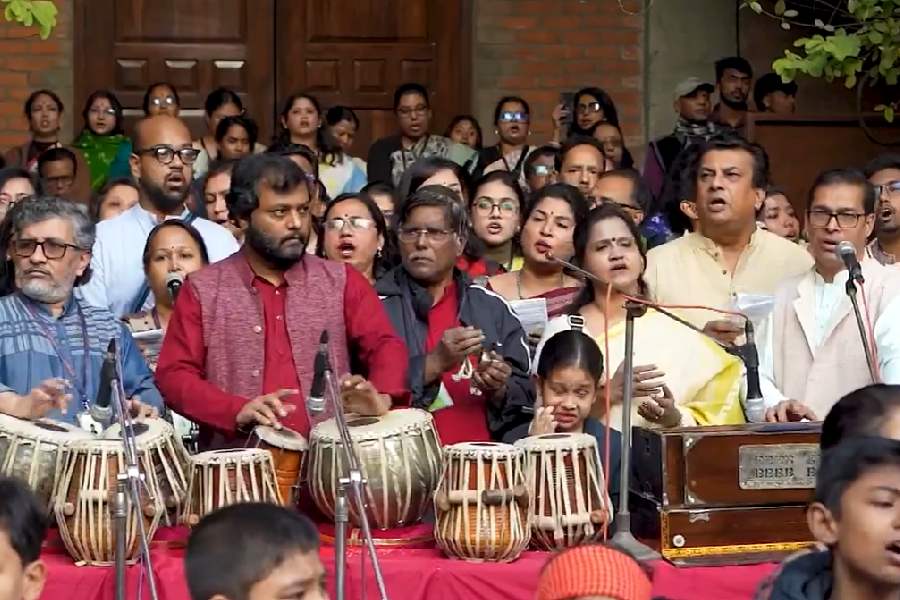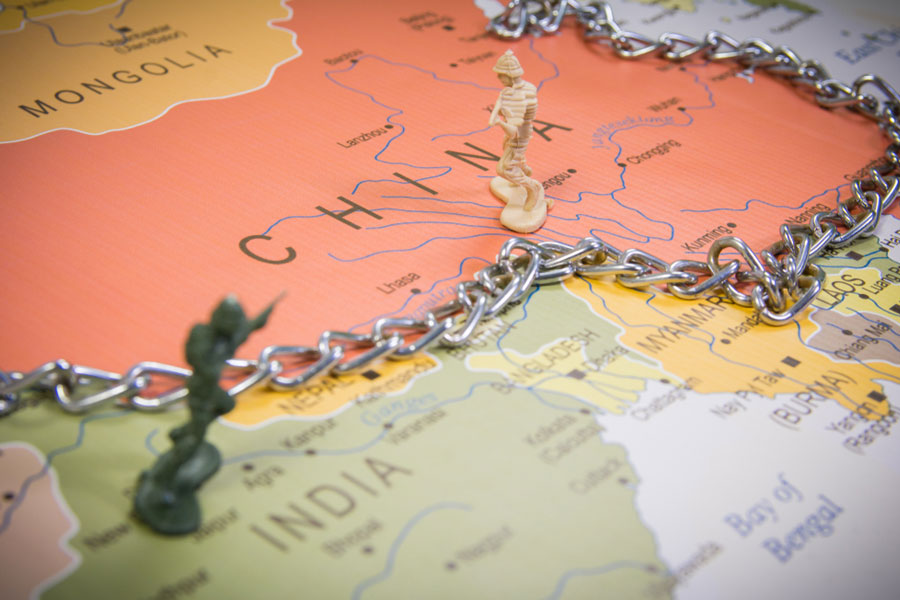It is a common and mistaken assumption in India that all the famous princely families have old and distinguished lineages. The history of the Scindia family is one that shows that some of them had very humble origins.
The founder of the Scindia family, Ranoji, was a Maratha sardar, born in an ordinary Maratha family, which served as the hereditary slipper bearers of the raja of Satara, who served two Peshwas, (Baji Rao I and Balaji Baji Rao) in the 18th century. The term sardar in 18th century Maratha history denoted a chieftain or a warlord who helped in the collection of sardeshmukhi and chauth, two notorious taxes the Marathas collected over a very large territory spread over parts of the Deccan, Orissa, parts of Rajasthan and Central India. The population of these areas paid these taxes to protect themselves from raids of the Marathas.
When Baji Rao became the Peshwa in 1720, he conceived of the grand scheme of taking the Maratha power beyond the Narmada, to Delhi and even to Attock.
In other words, the Marathas would supplant the declining Mughal power. His two principal supporters were Ranoji Scindia and Malharrao Holkar, young sardars, straining at the leash and known as the fire-eaters in the Maratha court. Ranoji served his master with courage and when the Marathas annexed the Mughal province of Malwa, a part of it was given to Ranoji and he established his headquarters in Gwalior which had a fort built around 525 AD.
The leadership of the Scindias after Ranoji passed to his illegitimate son Mahadaji Scindia who escaped from the Third Battle of Panipat (1761) with a foot injury that lamed him for life. Subsequently in the 1770s, he played kingmaker in Delhi, re-establishing Shah Alam II as the Mughal Emperor.
During the first Anglo-Maratha War (1775-82), he mediated between the two sides and secured the treaty of Salbai. This raised him in the estimate of the British. This esteem the Scindias later came to cherish.
Gwalior and the vast possessions of the Scindias became a British protectorate under Daulat Rao Scindia, Mahadaji's great nephew and heir, but not before Daulat Rao had engaged the British in military encounters and had lost. Refusing to accept the growing British supremacy in north India, young Daulat Rao pitted himself against Arthur Wellesley (later Duke of Wellington of the Battle of Waterloo fame) in the Deccan and Lord Lake in north India and was defeated within a short time at the battles of Delhi, Assaye, Laswari and Argaon (1803) and was obliged to come under the umbrella of British supremacy. He was allowed to retain his possessions and his capital Gwalior but was forced to accept the status of a protected prince.
From that time to 1947, when Gwalior and the Scindia possessions became part of the Indian republic, loyalty to the British was the watchword of the princes of the Scindia dynasty. During the revolt of 1857, even though the entire Gwalior contingent joined the rebels but the Maharajah, Jaiaji Rao Scindia, remained steadfastly loyal to the British, providing the British forces with vital help and succour. He actually fought the rebels and was defeated and had to flee to Agra. But the British never forgot the crucial support the Scindias had provided at a time when allies were hard to come by in India. The family was rewarded with various baubles of empire and enjoyed the rituals of the Raj, like gun salutes that proclaimed their status. They were happy to be subservient to the Raj and cut off from the mainstream of national life in the first half of the 20th century.
 Thursday, 25 December 2025
Thursday, 25 December 2025




